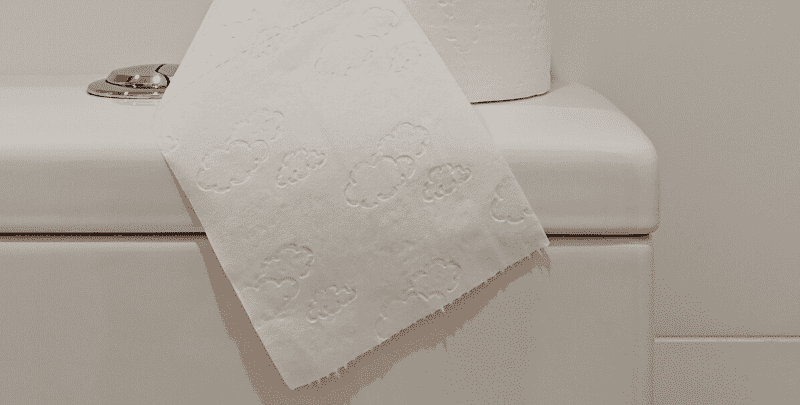
How to Replace a Toilet Cistern
A toilet cistern holds the water necessary to flush a toilet. In Australia, the three most common cistern models you’ll find for toilet suites are Bottom Inlet, Back Entry and Concealed. When your cistern springs a leak, it will almost certainly need replacing. Now, you will need a licensed plumber to
What Cistern Do I Buy?
The first thing to do to upgrade your toilet suite is to select a replacement cistern. Perhaps your decades-old cistern with its single flush function is getting too expensive to continue, and it has become time to upgrade to a water-efficient dual-flush unit. You can easily replace a broken cistern with a brand-new one. Toilet cisterns come in a range of designs, styles and brands. You’ll need to decide whether you want a:
- back to wall inwall cistern
- link (connector) toilet cistern
- mid/low-level toilet cistern
- concealed cistern
- wall-hung under-counter or a
- close coupled toilet cistern
Brands like Caroma, Posh, Hideaway and Geberit all provide great options and use high quality materials in their manufacture.
The Benefits of Concealed Cisterns
It is also worth considering a concealed cistern. They provide an alternative to the contemporary cistern design by using space-saving solutions. They sit behind the wall, providing more usable space in your bathroom and an aesthetically better-looking toilet. The great thing about concealed cisterns is that they are relatively maintenance-free. That means there is no need to fear tearing your wall apart should you encounter a problem. If you are unsure about which cistern might be best for your toilet, you can contact our team of local plumbers. We provide cistern installation services.
An Important Note About Replacing Toilet Cisterns
Before you head down to your local hardware store or shop online for toilet cisterns and other necessary tools and equipment to replace your outdated or damaged cistern, an important point to consider first.
In Australia, it is against the law in most situations to conduct DIY plumbing work. This is because, in many cases, DIY jobs don’t comply with strict Australian standards. Aside from the legal issues, a licensed plumber will be able to carry out the work safely and with minimal likelihood of costly errors – something that an unlicensed person who fancies themselves as something of a handyman cannot guarantee.
So do not consider the following to be instructions for replacing toilet cisterns. Instead, they offer an insight into how an experienced and licensed plumber will do the job for you.
How A Plumber Removes An Old Toilet Cistern
The first step is to turn off the tap to the cistern. Then unscrew the water inlet pipe located at the bottom of your cistern. Once this is completed, you can remove the nuts and bolts that are used to attach the cistern to the toilet bowl. Once all the nuts, bolts and washers have been removed the cistern itself should simply lift off the toilet bowl.
How They Install A New Toilet Cistern
Now that the plumber has removed your old cistern, you will have a good idea of how they’ll install your new one. It is important to make sure that it lines up correctly and the water inlet hose has been reattached properly. You can use plumbers tape to wrap up the inlet of the new cistern. Once you are sure that everything lines up and all connections have been reattached successfully, you can turn your water supply back on. Be sure to check the new cistern for leaks before continuing.
Book A Specialist in Toilet Cisterns Today
Metropolitan Plumbing operates 24/7, every day of the year for a large range of cistern plumbing services. We have you covered for all services, even on a weekend or public holiday. We can be at your house within an hour* in most cases because we aren’t in the game of keeping you waiting when you need us most.
Our specialist plumbers can come and assess your individual cistern needs and give you advice on how to proceed, whether it’s a full new installation or repairs to your existing system. We can also provide brand new full toilet systems so if you have a new one in mind, just ask your plumber.
Published: 2020-06-30

















